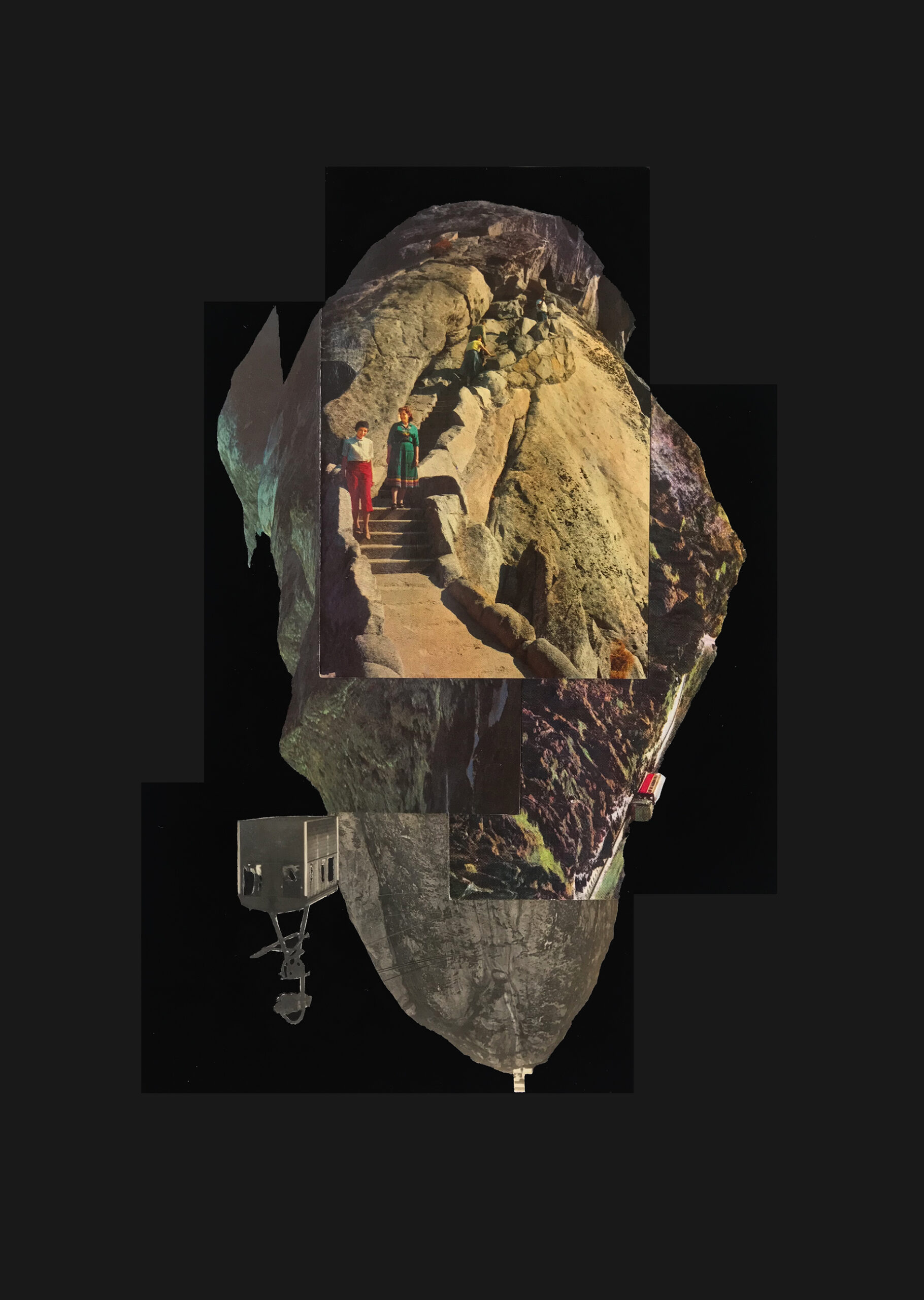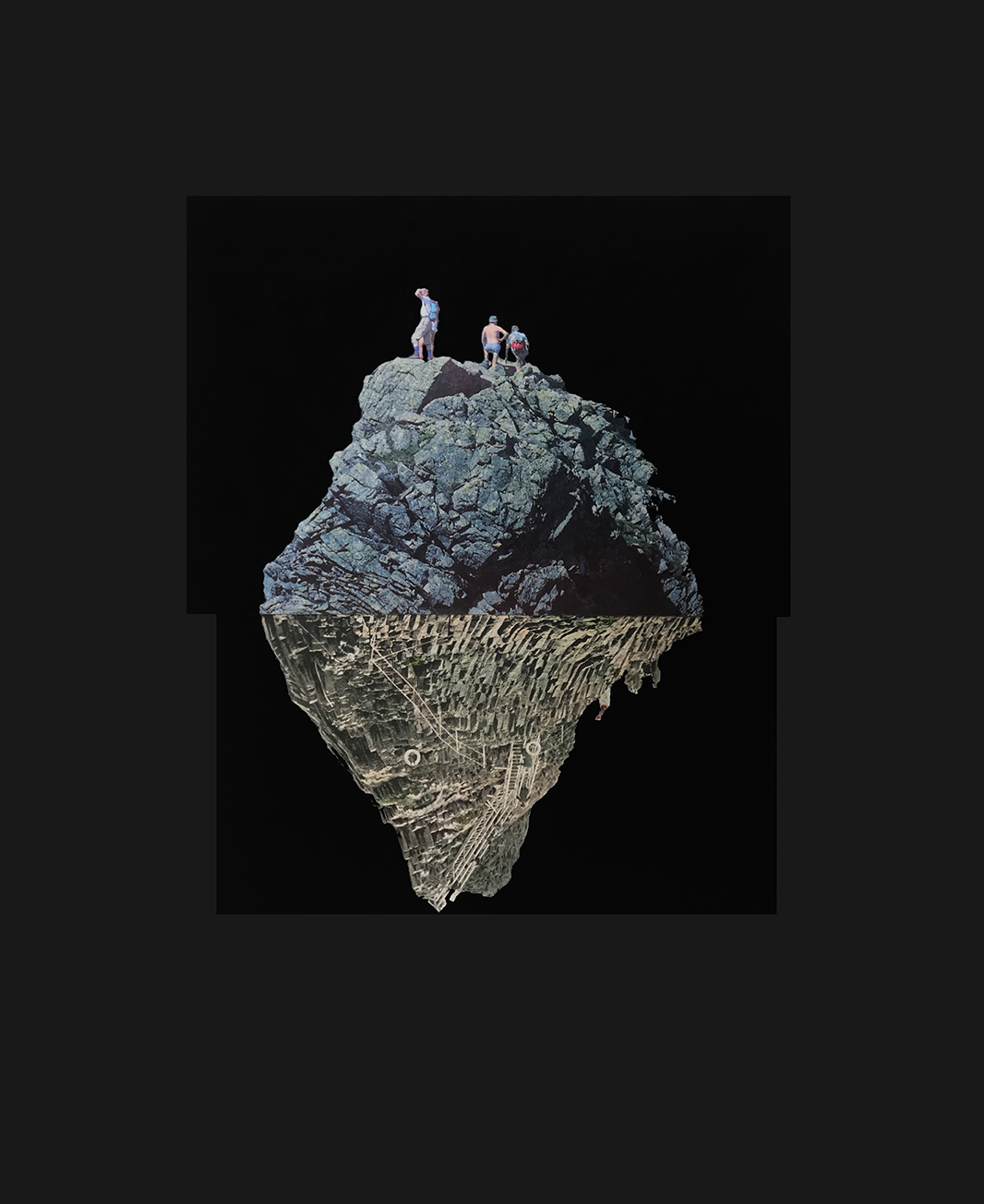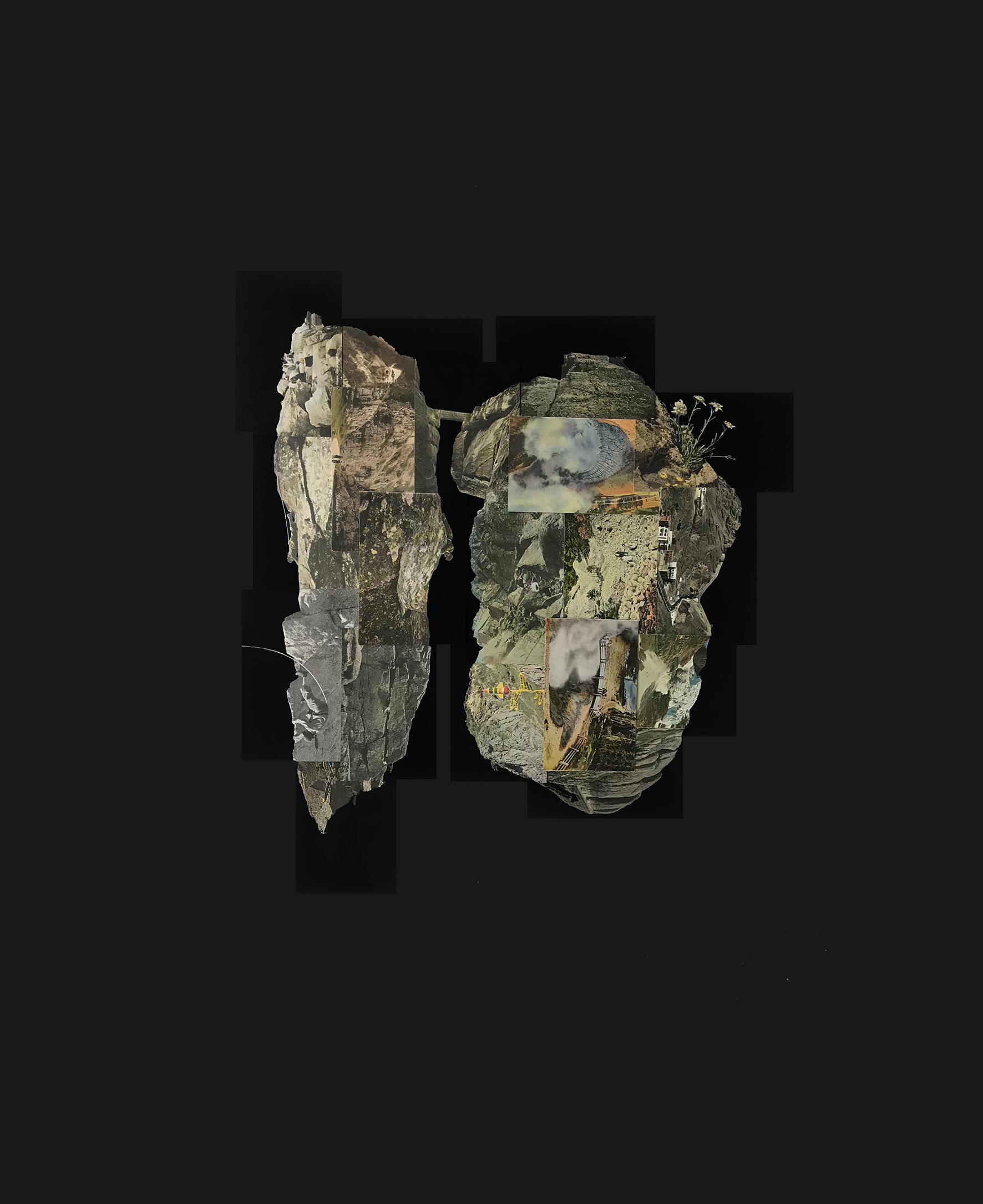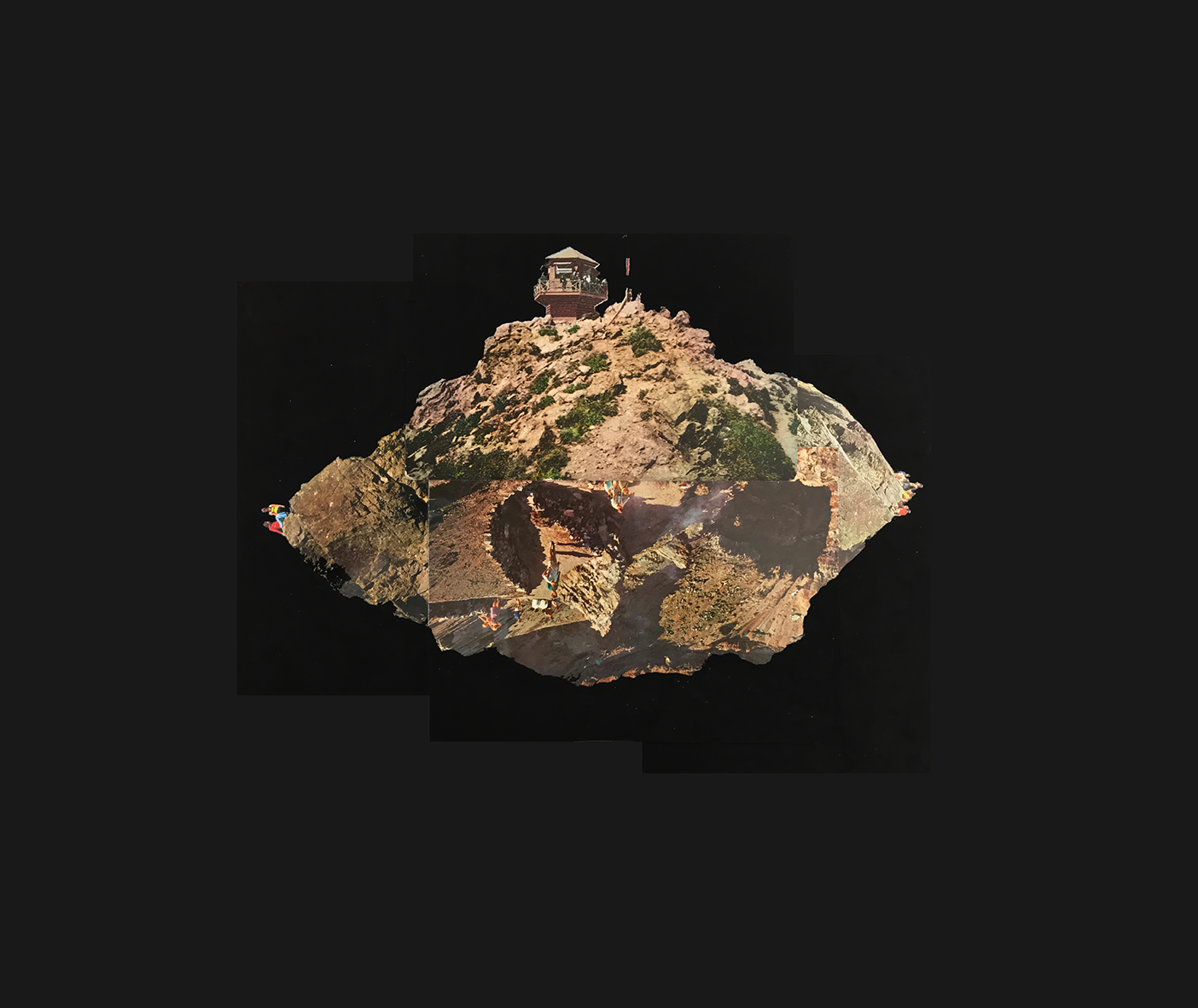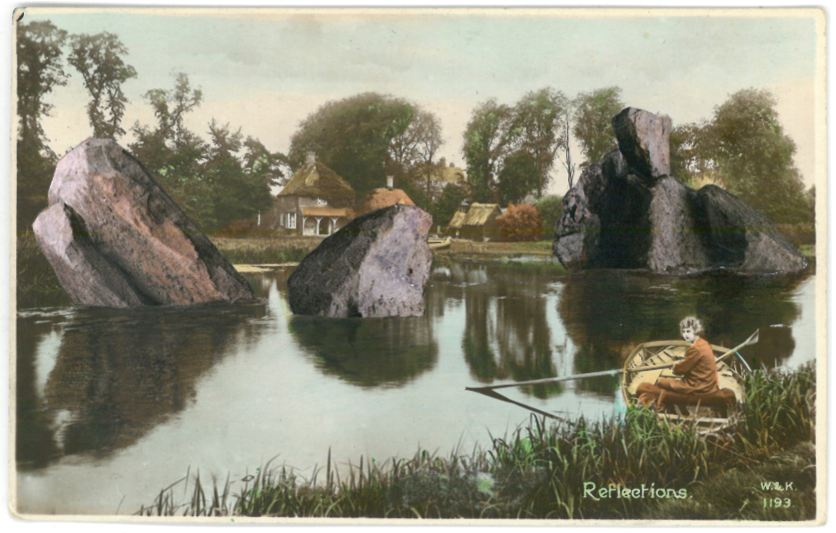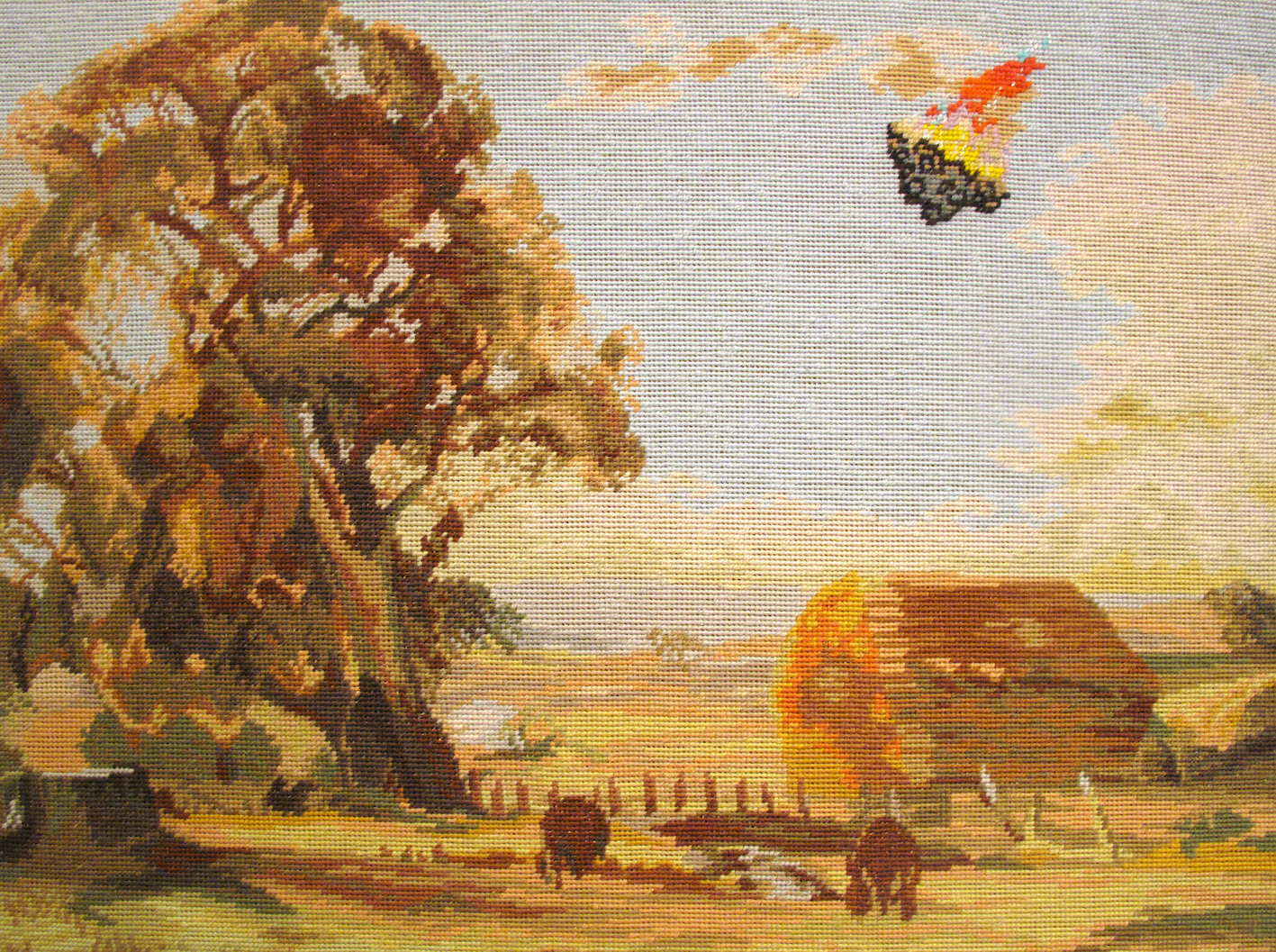The asteroid material is so thinly distributed that numerous unmanned spacecraft have traversed it without incident.
Further out, the Kuiper belt is another space doughnut similar to the asteroid belt, but is far larger. Most Kuiper belt objects are composed largely of frozen volatiles (termed “ices”), including methane, ammonia and water. More than 100,000 Kuiper belt objects measuring over 62 miles (100 km) in diameter are thought to exist. The largest body in the Kuiper belt is the icy dwarf planet Pluto (1,477 miles / 2,377 km in diameter). Classical Kuiper belt objects are known as cubewanos and lie in orbits untouched by Neptune.
The Kuiper belt was initially reckoned to be the source of the Solar System’s periodic (returning) comets. However, studies of the region since 1992 have shown that the orbits of objects within the Kuiper belt are relatively stable, and that periodic comets originate from a region beyond the outer ring of the Kuiper belt. This is known as the scattered disc (or scattering disc as some astronomers prefer). The scattered disc includes dwarf planet Eris, which is about the same size as Pluto (1,445 miles / 2326 km in diameter). In the scattered disc, objects are more volatile, eccentric and unstable.
Scattered objects among the coldest and most distant objects in the Solar System.
Although the motion of scattered objects is random, they do tend to follow similar directions and sometimes get trapped in temporary orbital resonances with Neptune.
Beyond the scattered disc we enter interstellar space and a theoretical cloud of predominantly icy planetesimals surrounding the sun and our planets. It is divided into two regions: a densely populated inner disc, called the Hills cloud and a spherical outer Oort cloud. The outer Oort cloud may have trillions of objects larger than 1 mile with neighbouring objects lying tens of millions of miles apart. No known estimates of the mass of the inner Hills cloud have been published but it likely has the largest concentration of comets in the whole Solar System.
The outer limit of the Oort cloud defines the cosmographical boundary of the Solar System and the extent of the Sun’s Hill sphere (the gravitational sphere of astronomical bodies – named by a Hill, not the Hills of cloud fame).
The outer Oort cloud is only loosely bound to the Solar System, and thus is easily affected by the gravitational pull both of passing stars and of the Milky Way itself. These forces occasionally dislodge comets from their orbits within the cloud and send them toward the inner Solar System.
Although no confirmed direct observations of the Oort cloud have been made, it is considered the source of many of the comets entering our inner Solar System including centaurs, Jupiter-family, long-period and Halley-types.

